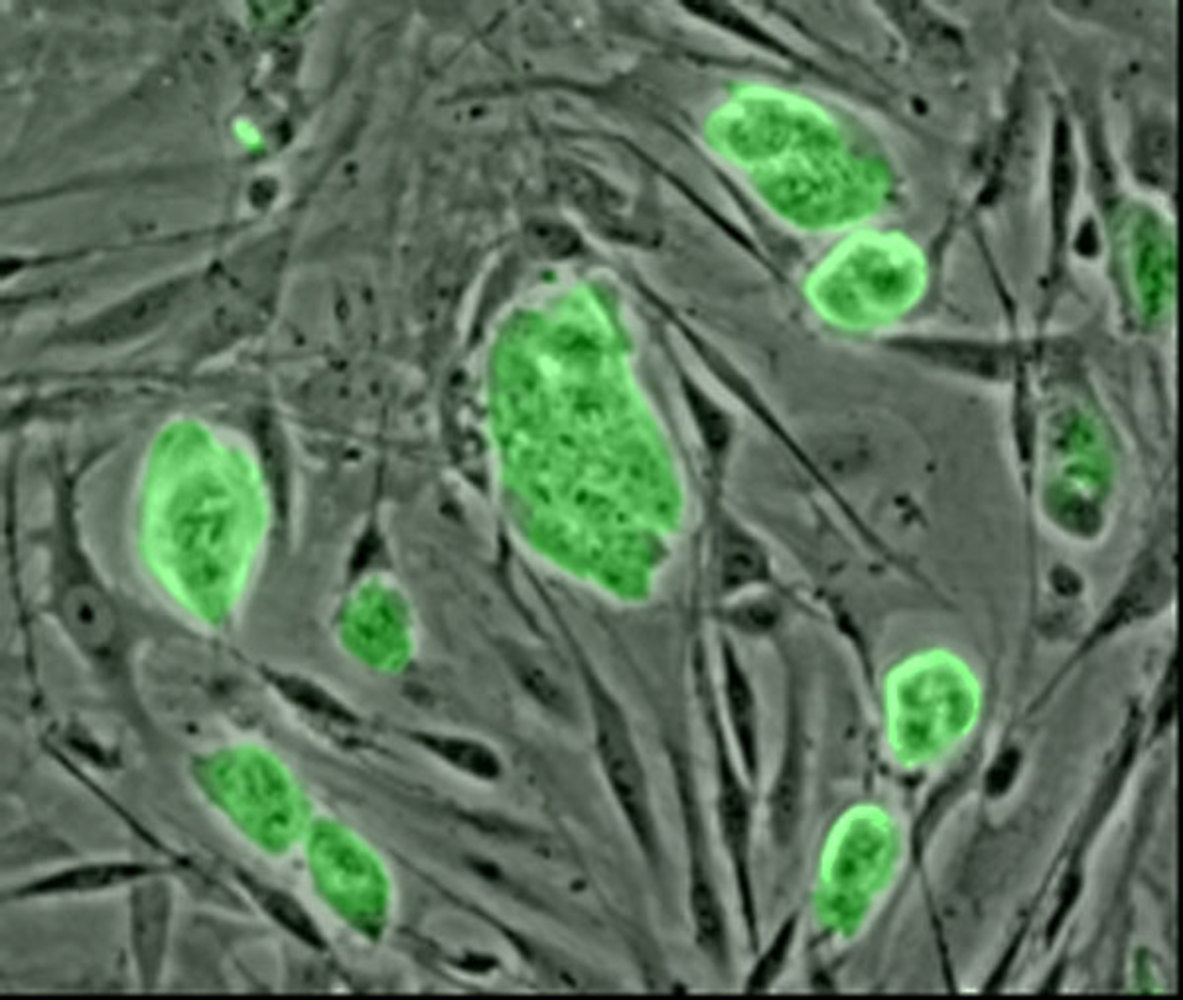What do you think of Human Animal Hybrids?
Interview with
Robin Lovell-Badge is from the National Institute for Medical Research and he's been researching public opinion of animal experiments that have a key biological human element as he explained to Smitha Mundasad...
Robin LB - It began really because of the debates around the Human Fertilisation and Embryo Act where we were talking about issues of combining human and animal material in the context of human embryos, so making hybrids - inter-species hybrids - and things like that. It became apparent that certainly members of parliament and some members of the public who asked questions about this didn't realise the extent to which research is already going on, doing it the other way around - having animals where we're introducing human material.
That can be to put human genes into animals to make so-called transgenic animals, transgenic mice for example, and there are many thousands of examples where we now have made mice carrying a human gene, now, all the way out to a whole human chromosome: the Down's mouse is a model of human Down's syndrome where a human chromosome 21 has been added to a mouse genome. 
And then the other type of manipulation is where you put human cells into an animal to make a chimera. There are different ways you can make a chimera: it can be done from early embryonic stages all the way up to adult animals where you introduce human stem cells from the nervous system into stroke-damaged rat brains, for example.
And so, all this type of research is going on quite happily and everyone seems to be very happy with it. The question is, should there be limits? What are the issues when you start putting, for example, a whole human chromosome into mice? Would that be something that we should be worried about scientifically and ethically?
Smitha - What have you done so far to look into where to set the limits or what the public thinks about it?
Robin LB - The working group has basically been taking evidence from a wide range of people who may have an interest and then we've also had a public engagement exercise. In general, the small sample of public seemed on the whole really very accepting, but they were pragmatic. So, if it had some obvious medical benefit, not necessarily immediately but it was going to lead to something, they had no problems really - almost whatever our scientists did.
Smitha - Were there any particular types of research or experiments that the public were not so happy with?
Robin LB - They didn't seem to have any limits. The areas of research that they have most concern about were those involving particular organ structures, for example the brain and the reproductive system. The brain in particular, changing behaviour of an animal in a way that it would no longer be the original animal or - it's very unlikely this would ever happen - that it started acquiring human characteristics. And then reproductive tissue, so whether you have animals that were able to produce human eggs or sperm - people are a little concerned about that. Although, when told what the reasons why people were doing this, they could accept it. So providing some context for the research makes people much happier to accept it. Essentially what that means is it puts the emphasis on the scientists who are doing this type of research to justify their experiments.










Comments
Add a comment